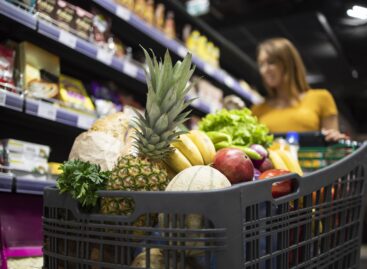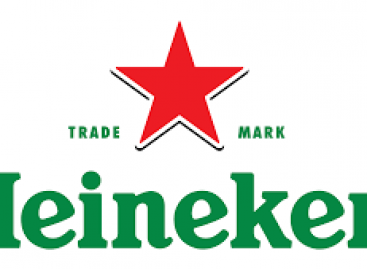Slovakia’s agri-food foreign trade
Slovakia is the second most dynamically developing economy in the region. The inflation rate was -0.3 percent in both 2015 and 2016. Slovakia’s level of indebtedness is a bit above 52 percent.
Cereal crops, potato, sugar beet, fruits, pig, cow, poultry and forestry products are important in Slovakian agriculture. In the last decade Slovakia has been one of Hungary’s top 5 most important agri-food markets. At the moment our export to Slovakia is going downhill and our import from our northern neighbour is rising. In the last two years Hungary’s trade balance with Slovakia was negative.
There was an export surplus in the category of meat and meat products, fish, propagation material, vegetables and cereals, oilseeds, vegetable fats and oils, confectionery products, canned fruits and vegetables, and drinks. Our livestock export represents only one third of our livestock import from Slovakia. At the same time our meat export is three times bigger than our meat import. Hungary imports 77 percent more dairy products from Slovakia than the value of its export.
Taking a look at the situation back in 2015, we can see that highly processed foods had a share above 40 percent, cereals and vegetable crops were at 30 percent and 20 percent was the share of livestock (mainly day-old chicks). As for our import, highly processed foods had a 44-percent share, followed by vegetable products at 30 percent and products of animal origin at 22 percent. Slovakia’s agri-food sector is better equipped and the VAT is also lower than in Hungary, and these factors create a competitive advantage for food products.
It is noteworthy that recently Slovakia has become Hungary’s major tropical fruit, especially banana supplier. Another good example is our grape import, which increased from 11.7 thousand tons to 14.6 thousand tons. From this 6.4 thousand tons came from Italy, our second biggest grape source was Germany and in the third position we find Iran and Slovakia at 1.2 thousand tons each.
As a conclusion we can say that Hungarian farmers should join forces, our processing industry needs technological modernisation and sales channels require coordination. Our development strategy should monitor foreign market trends and take steps in accordance with them, in order to be able to do away with our competitive disadvantage.
Related news
L’Oréal partners with NVIDIA to scale AI across beauty business
L’Oréal Groupe has partnered with NVIDIA to accelerate the use…
Read more >The proportion of domestic food products in Slovak stores has further decreased
The proportion of domestic food on the shelves of Slovak…
Read more >Heineken teams up with the Ellen MacArthur Foundation
Heineken has joined the Ellen MacArthur Foundation network to promote…
Read more >Related news
GKI analysis: Why do Hungarian households live more poorly than anyone else in the EU?
Imagine that the residents of every EU country shop in…
Read more >KSH: industrial producer prices decreased by 0.7 percent in May 2025 compared to the previous month, and increased by an average of 6.9 percent compared to a year earlier
In May 2025, industrial producer prices were 6.9 percent higher…
Read more >Consumption drives the economy
According to the latest forecast by the Balance Institute, the…
Read more >Loading, Please Wait!
This may take a second or two.






